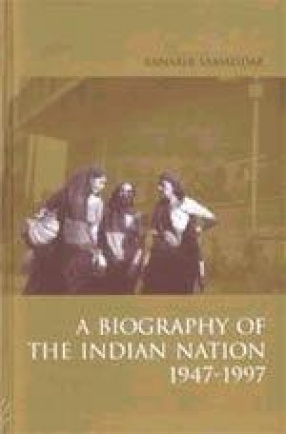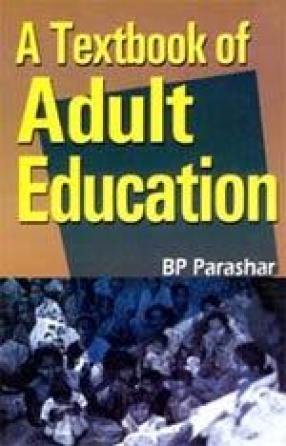Though, like the other tribes, Santals are featured as inward-looking and ethnocentric, they are incidentally one of the most articulative tribes in eastern India. In the past they had been migrated from their ‘homeland’ Santalpargana to different adjoining districts of eastern Indian states. Since then they started articulating with the non-tribals of the three separate speech-zones like West Bengal, Jharkhand (the then Bihar) and Orissa. In this changing situation they are happened to be the ‘new settlers’, and are to face day-to-day intensed interaction with the inhabitants of the larger group of these zones. They become one of the participants of the ‘greater’ communication system of the larger group. But the ‘lesser’ communication system of their own found to be actively functioning juxtaposed till today. They are thus found to have been maintaining a balance between the two systems of communication – the native traditionalk system of their own and the non-native modern, and act as a successful communicative operator by their articulative competence. The present book deals with the nature and structure of the communication system of the Santals of Birbhum district of West Bengal in eastern India closely adjacent to the Santalpargana. The research was made among 5436 individuals living 25 villages in 7 GPs of the district. The book containing about 130 pages including cover and title and 86 tables and charts and diagrams comes out from an in-depth field research, useful to the students of cultural Anthropology, Sociology, Rural Development, Mass Communication and National Integration.

Aspect of Rural Communication
In stock
Free & Quick Delivery Worldwide
reviews
Bibliographic information
Title
Aspect of Rural Communication
Author
Edition
1st ed.
Publisher
ISBN
818387018X
Length
xii+118p., Tables; Bibliography; Appendix; 23cm.
Subjects




There are no reviews yet.